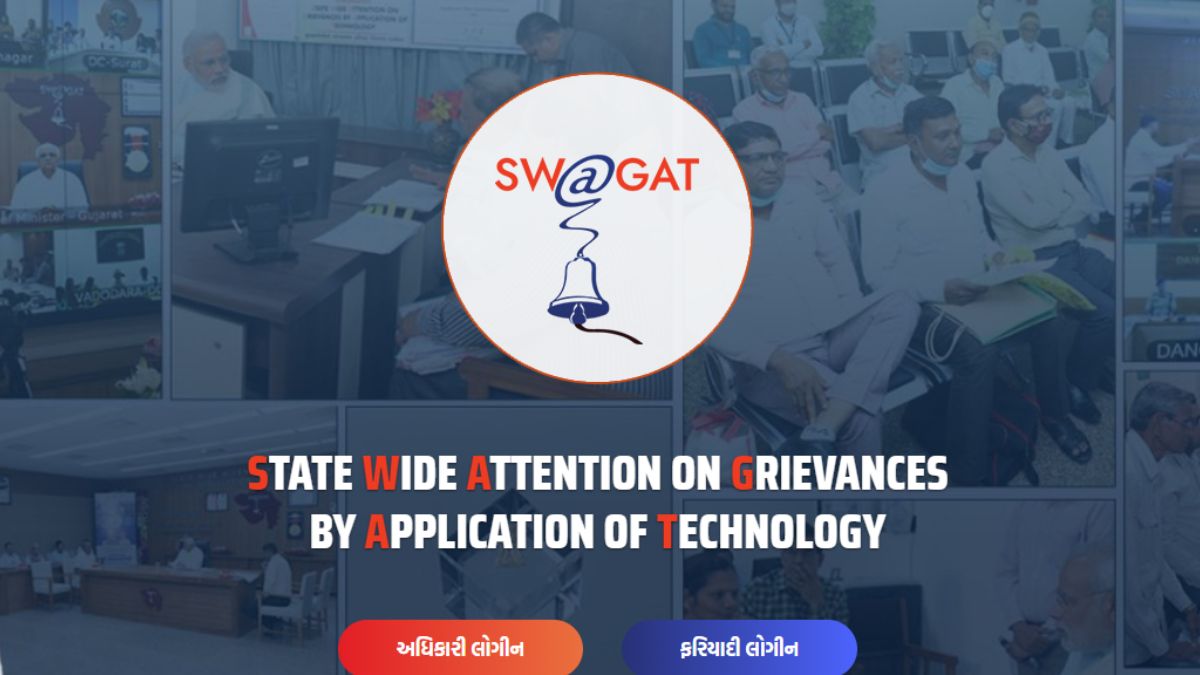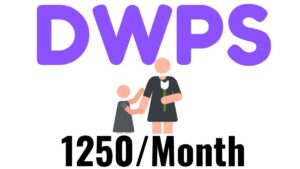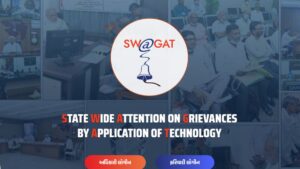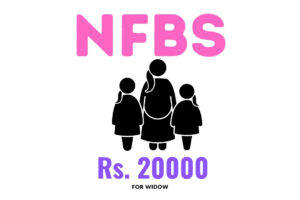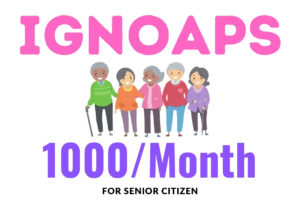Reform and Escalation matrix
The SWAGAT Grievance Redressal System, launched by the Honorable Prime Minister in 2003, has been a significant milestone in citizen-centric governance. To further enhance the system’s efficiency, simplify processes, and improve outcomes, several reforms and an Auto-Escalation matrix are planned to be introduced.
The aim is to ensure a more effective and streamlined grievance redressal process.
Type of Grievances:
Lok Fariyad
- Day-to-day grievances registered at the Jansampark Office, CMO
- Grievances received by the Hon’ble CM during tours, meetings, and personal interactions
Write to CM (WTC)
- Citizens submit grievances online through the official website (https://cmogujarat.gov.in/en/write-to-cmo) addressed to the CMO
Visitor Management System (VMS)
- Applications received on Monday and Tuesday at the Hon. Chief Minister’s Office through physical submission, where applicants meet the Hon’ble CM in person, are recorded in the VMS
Taluka Level SWAGAT Program Grievances.
- Grievances received during the Taluka level SWAGAT program.
District Level SWAGAT Program Grievances
- Grievances received during the District level SWAGAT program.
Grievances received through Lok Fariyad, WTC, VMS, Taluka Level SWAGAT Program, and District Level SWAGAT Program are scrutinized and directed to the respective authorities for necessary actions.
Category of Grievances:
The application will be categorized into 3 Channels.
Green: Minor complaints that can be resolved quickly and require immediate attention
Yellow: Complaints that need additional information or input from other departments/offices and require a bit more time
Red: Complex complaints that take a longer period to resolve
No. of days required to resolve grievances at various levels
Green Channel:
| Level | L1 | L2 | L3 | L4 |
|---|---|---|---|---|
| Initiation (Days) | 21 | 21 | 21 | 21 |
| Escalation from L1 (Days) | – | 14 | 14 | 14 |
| Escalation from L2 (Days) | – | – | 14 | 14 |
| Escalation from L3 (Days) | – | – | – | 14 |
| Escalation from L4 (Days) | – | – | – | 14 |
A grievance from any channel can be initiated at any level according to the gravity of the applications
Level 6: Chief Secretary
↑
Level 5: Principal Secretary (Food and Civil Supply)
↑
Level 4: Director (Food and Civil Supply)
↑
Level 3: Collector
↑
Level 2: District Supply Officer
↑
Level 1: MamlatdarYellow Channel:
| Level | L1 | L2 | L3 | L4 |
|---|---|---|---|---|
| Initiation (Days) | 45 | 45 | 45 | 45 |
| Escalation from L1 (Days) | – | 21 | 21 | 21 |
| Escalation from L2 (Days) | – | – | 21 | 21 |
| Escalation from L3 (Days) | – | – | – | 21 |
| Escalation from L4 (Days) | – | – | – | 21 |
departments/offices like : Grievance related to encroachment in Government Land
A grievance from any channel can be initiated at any level according to the gravity of the applications
Level 6: Chief Secretary
↑
Level 5: Additional Chief Secretary
↑
Level 4: Collector
↑
Level 3: Resident Additional Collector
↑
Level 2: Sub-Divisional Magistrate
↑
Level 1: MamlatdarRed Channel:
| Level | L1 | L2 | L3 | L4 |
|---|---|---|---|---|
| Initiation (Days) | 90 | 90 | 90 | 90 |
| Escalation from L1 (Days) | – | 45 | 45 | 45 |
| Escalation from L2 (Days) | – | – | 45 | 45 |
| Escalation from L3 (Days) | – | – | – | 45 |
| Escalation from L4 (Days) | – | – | – | 45 |
A grievance from any channel can be initiated at any level according to the gravity of the applications
Level 6: Chief Secretary
↑
Level 5: Additional Chief Secretary
↑
Level 4: Commissioner (Land Reforms)
↑
Level 3: Collector
↑
Level 2: Resident Additional Collector
↑
Level 1: Land Acquisition Officer
Hierarchical Structure for Handling Grievances
Level 1: Block Level Officer
- Responsibility: Address and resolve complaints at the first point of contact.
Level 2: Sub-Division Level Officer
- Responsibility: Handle escalated complaints from Level 1.
Level 3: District Level Officer
- Responsibility: Handle escalated complaints from Level 2.
Level 4: H.O.D./Commissionerate
- Responsibility: Handle escalated complaints from Level 3.
Level 5: Secretary/Principal Secretary/Additional Chief Secretary
- Responsibility: Handle escalated complaints from Level 4.
Level 6: Chief Secretary
- Responsibility: Handle escalated complaints from Level 5.
This hierarchical structure ensures a systematic approach to resolving complaints, with different levels handling various degrees of complexity and escalation.
Features :
- Daily/Weekly SMS can be sent to the officer showing the number of grievances escalated in their respective district.
- Once the grievance is escalated from a lower level, no officer from the lower level can resolve the grievance.
- An alert can be generated by the system to the officer two days before the escalation schedule.
- The dashboard is provided to all levels of officers for monitoring and analysis.
- Performance status reports are to be sent to departments and districts.
FAQ for Applying on the New Swagat Portal
1. What is the Swagat Portal?
The Swagat Portal is an online platform in Gujarat designed for citizens to submit grievances, complaints, and requests directly to the government.
2. How do I access the Swagat Portal?
You can access the Swagat Portal through this link: Swagat Portal
3. What are the steps to apply on the Swagat Portal?
- Step 1: Visit the Swagat Portal using the link provided.
- Step 2: Click on “Friyadi Login”.
- Step 3: Enter the OTP received on your registered mobile number.
- Step 4: On the left-hand side, you will see two options:
- Taluka Swagat
- District Swagat
- Step 5: Choose the appropriate option based on your application’s scope (local or district level).
- Step 6: Follow the instructions to fill out and submit your application.
4. Can I apply through other methods?
Yes, you can also submit your application:
- Through the Write to CM WhatsApp chatbot at +91 70309 30344.
- Via the Write to CMO Gujarat website.
5. Can I submit my application in person or by post?
Yes, you can submit your application physically at:
- For Taluka Swagat: Mamlatdar Office
- For District Swagat: Collector Office Ensure that your application includes all necessary details. It is their responsibility to enter your complaint into the Swagat Portal.
6. What should I include in my application letter?
When submitting your application in person or by post, ensure your application letter includes:
- Your name and contact details
- A clear description of your grievance or complaint
- Relevant supporting documents, if any
7. What happens after I submit my application?
Your complaint or grievance will be registered on the Swagat Portal and forwarded to the relevant officer for resolution.
8. How can I track the status of my application?
You can track the status of your application directly on the Swagat Portal using your login credentials.
9. Is there any cost associated with using the Swagat Portal?
No, there is no cost involved in using the Swagat Portal for submitting complaints or applications.
10. Whom should I contact for technical support or further assistance?
For technical support or any queries related to the Swagat Portal, you can contact the designated support team through their contact information available on the portal.
11. What kind of applications can be submitted through the Swagat Portal?
You can submit applications related to various government services, grievances, complaints, or requests for assistance.
12. Is the Swagat Portal accessible 24/7?
Yes, the Swagat Portal is accessible online 24 hours a day, 7 days a week for submitting applications and checking their status.
13. My application for adding a name to my ration card was rejected. What should I do?
You can register a complaint on the SWAGAT portal through the Fariyadi login. Make sure to provide all relevant details and documents related to your issue. Your problem should be resolved within 14 days if all documents are in order.
